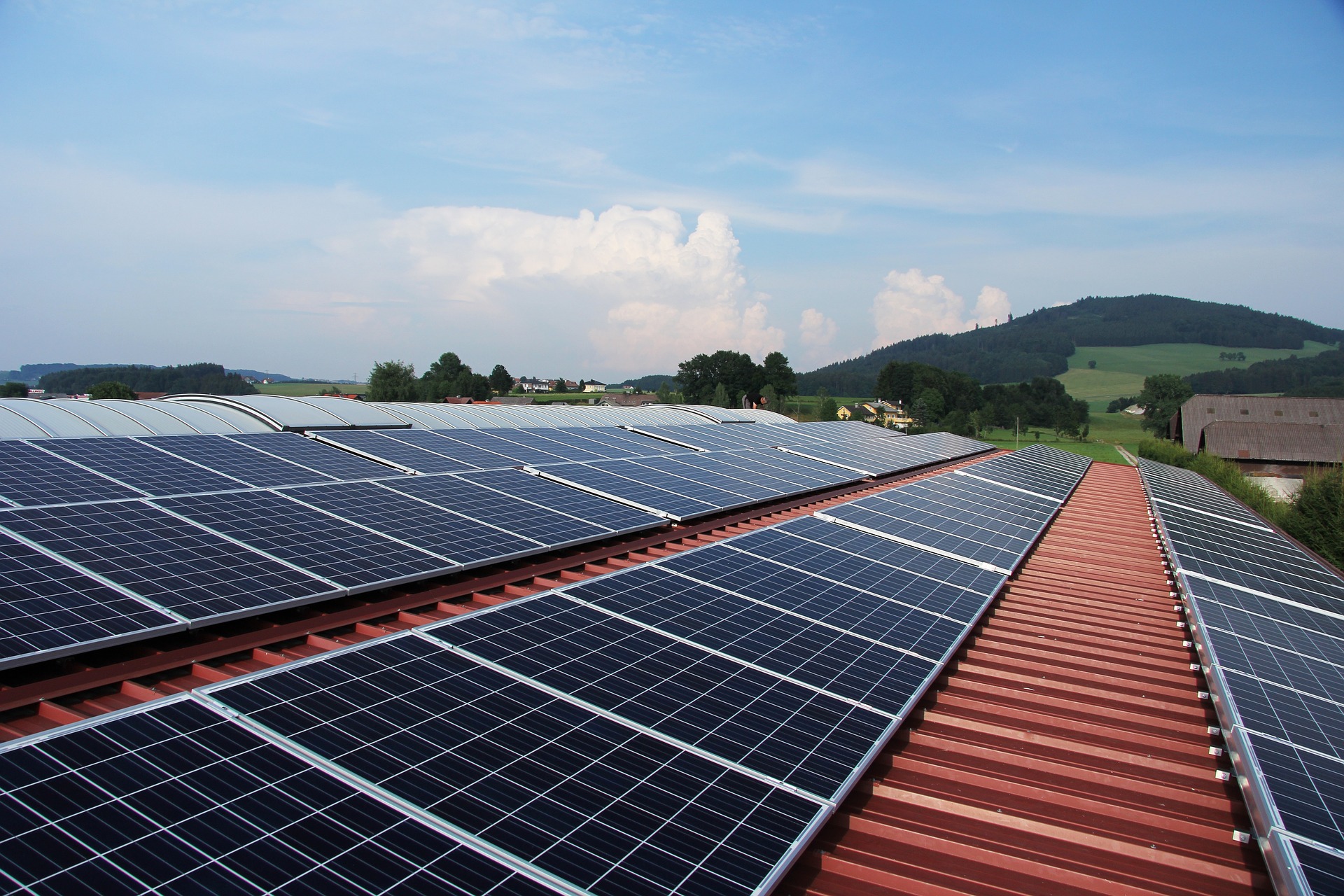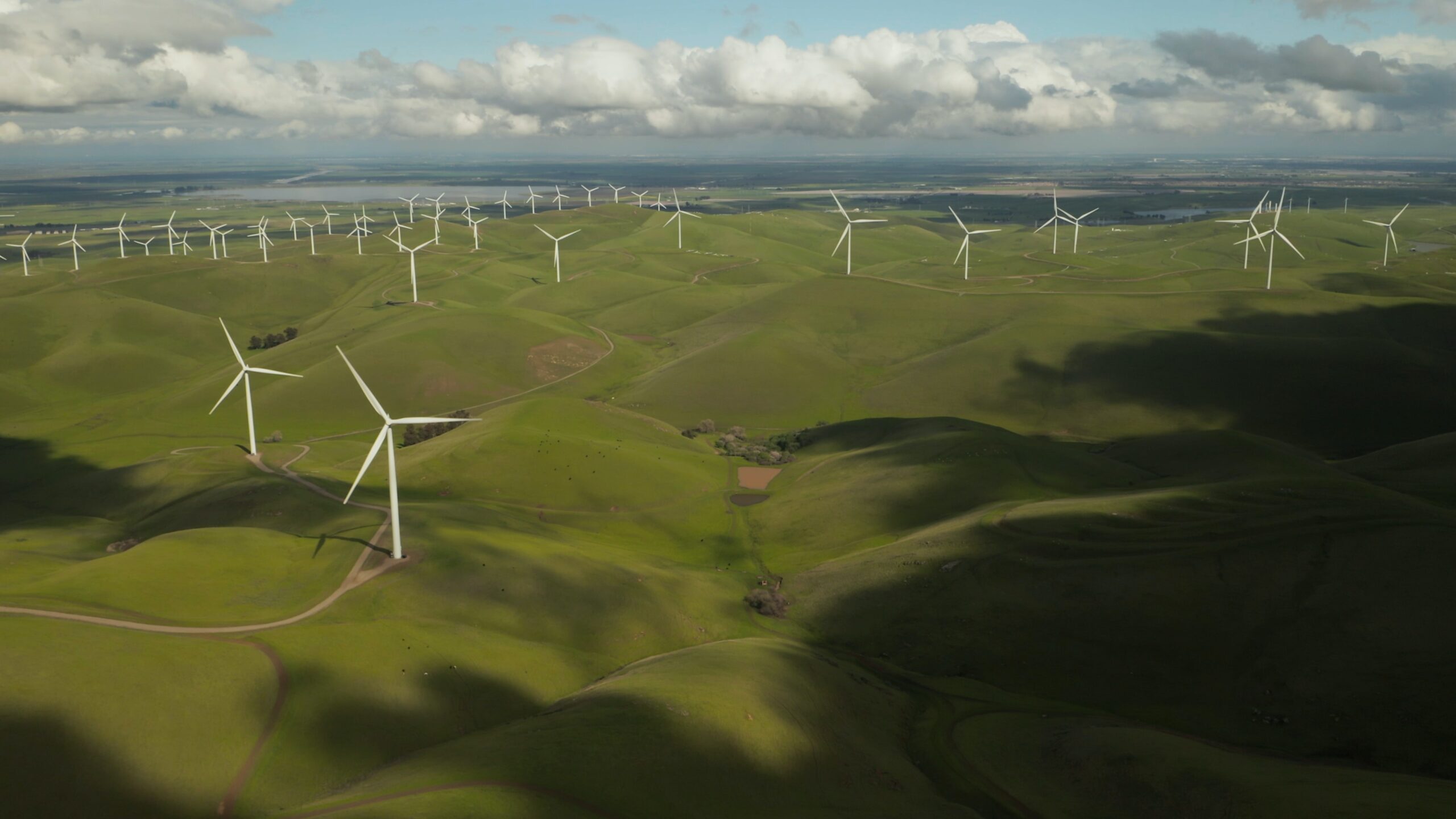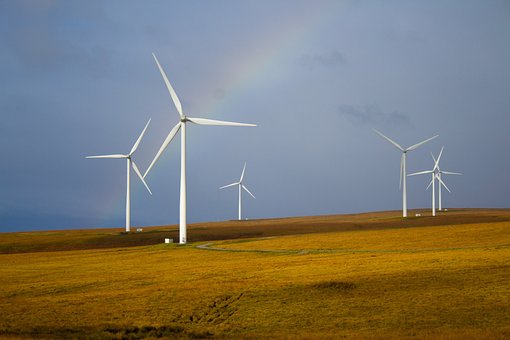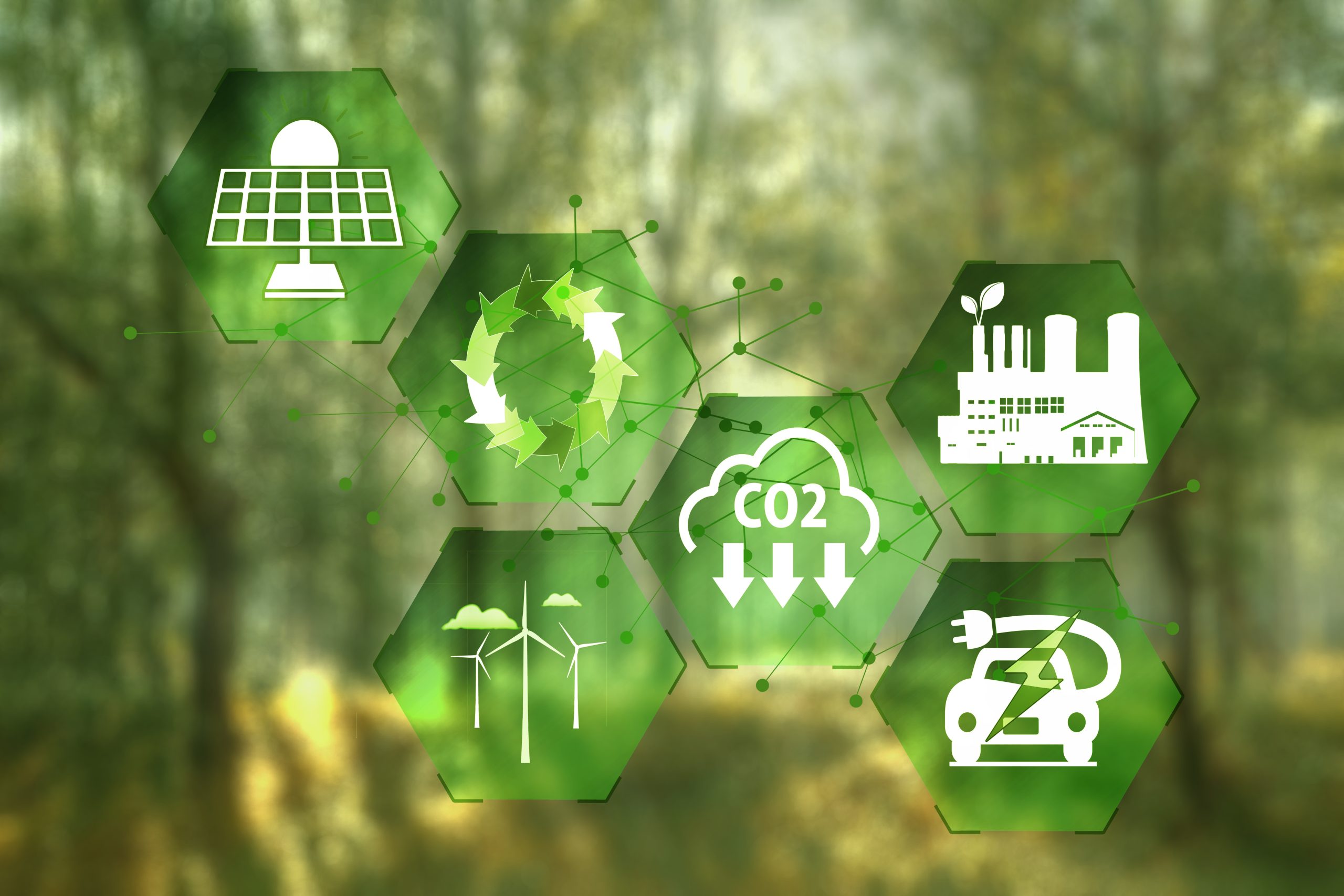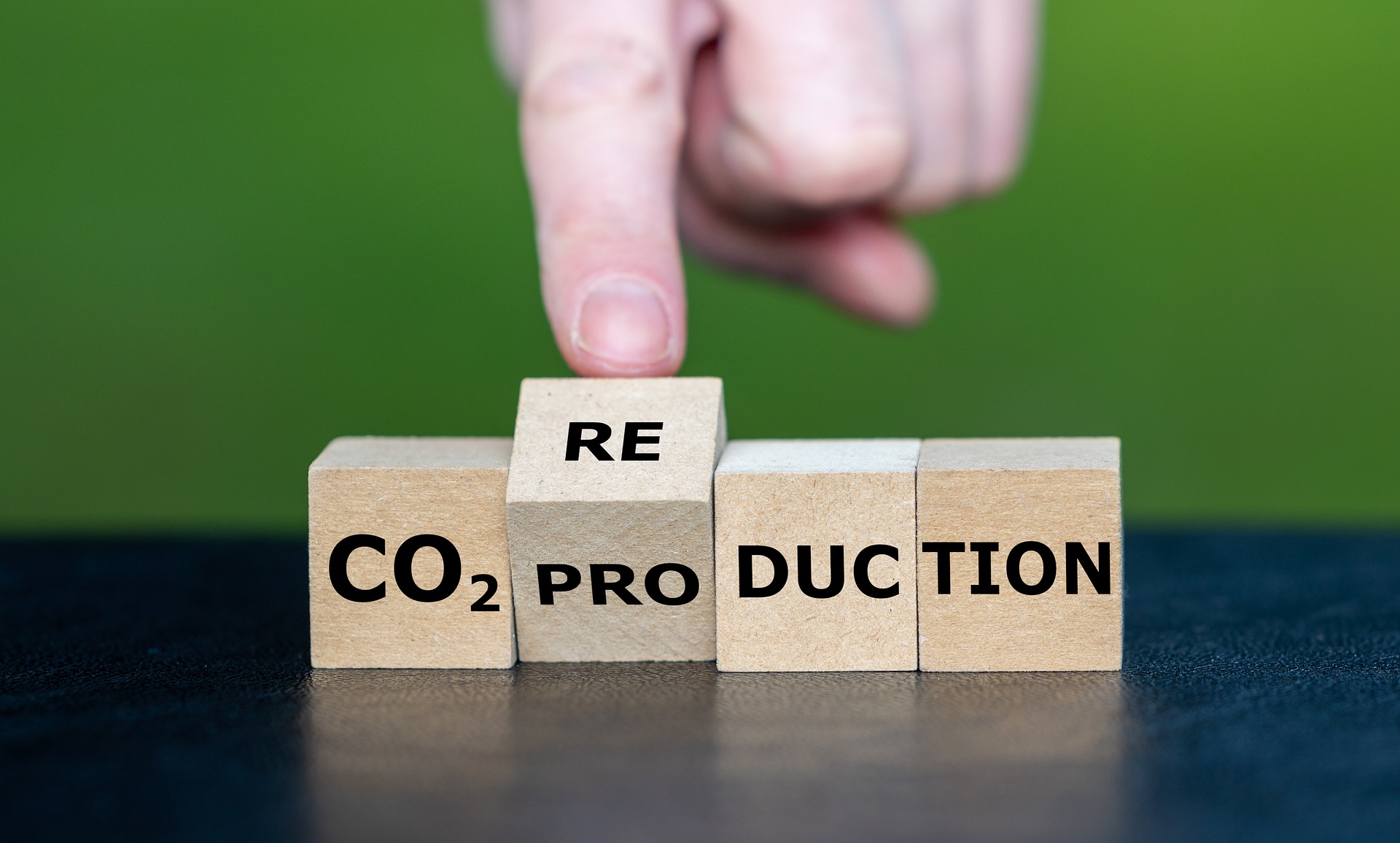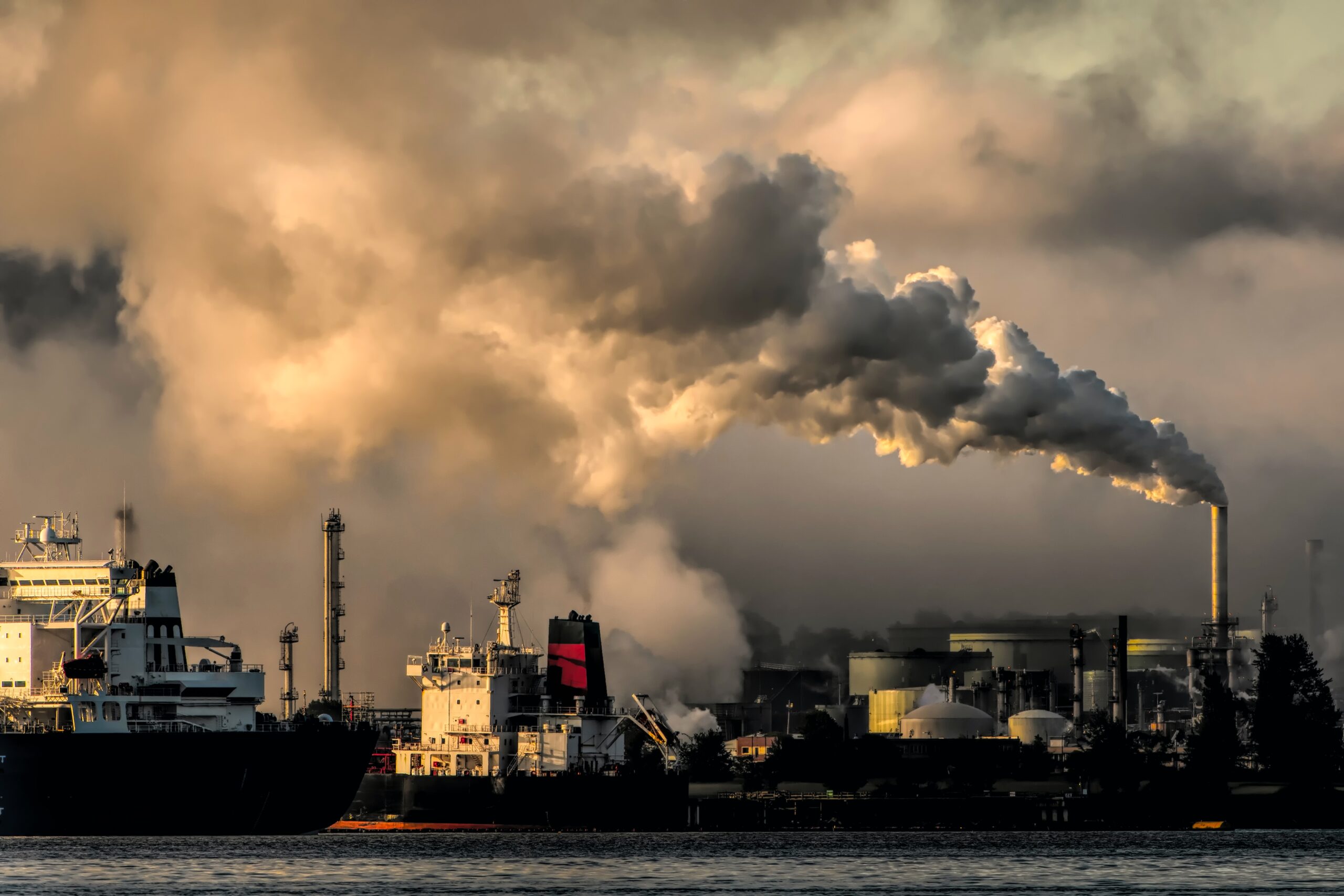
One of the main obstacles we must overcome in the fight against climate change is carbon emissions. The atmospheric release of greenhouse gases like carbon dioxide (CO2) is referred to as “carbon emissions”. Numerous human activities, such as the combustion of fossil fuels, deforestation, and industrial operations, are to blame for these emissions.
We shall examine carbon emissions in more detail in this article, along with their causes, effects, and potential remedies. We believe that by providing you with this information, you will be better able to recognize the value of lowering carbon emissions and be motivated to take action to stop climate change.
Carbon Emissions’ Causes
Carbon emissions are caused by a variety of human activities. Here are a few of the primary reasons:
Utilization of Fossil Fuels
The main source of carbon emissions is the burning of fossil fuels including coal, oil, and natural gas. These fuels release carbon dioxide and other greenhouse gases into the environment when they are burned.
Deforestation
Another significant factor in carbon emissions is deforestation. In order to complete the process of photosynthesis, trees take in carbon dioxide from the atmosphere. This carbon returns to the atmosphere when forests are destroyed or burned.
Agriculture and Livestock
Significant sources of carbon emissions also come from agriculture and raising livestock. Livestock, especially cows, emit methane, a powerful greenhouse gas. Carbon dioxide and other greenhouse gases can also be released as a result of the use of fertilizers and other agricultural operations.
Industrial Activities
Carbon emissions are also produced by industrial activities like making cement and making steel and other metals. Large amounts of energy, which are typically produced by burning fossil fuels, are frequently needed for these operations.
Carbon emissions’ effects
Our environment and our health are negatively impacted by carbon emissions in a number of ways. Some of the key consequences are as follows:
Climate Change
Climate change is a consequence of carbon emissions that is the most serious. Global temperatures rise as a result of heat being trapped by an accumulation of greenhouse gases in the atmosphere. Numerous environmental issues, such as more frequent and severe weather occurrences, increasing sea levels, and others, may result from this.
Air Pollution
Additionally, carbon emissions contribute to air pollution, which has detrimental effects on human health. Heart disease, respiratory disorders, and other health problems can be brought on by poor air quality.
Ocean Acidification
Seawater contains carbon dioxide, which dissolves to form carbonic acid. This might result in ocean acidification, which might have a variety of detrimental effects on marine life, such as the destruction of coral reefs.
Biodiversity Loss
Additionally, a serious threat to biodiversity is climate change brought on by carbon emissions. Climate and weather changes have the potential to cause habitat loss and the extinction of plant and animal species.
Solutions to Reduce Carbon Emissions
If we want to slow down the rate of climate change and preserve our world for future generations, we must reduce carbon emissions. Here are a few of the most important answers:
Renewable Energy
One of the best strategies to lower carbon emissions is to switch to renewable energy sources like wind, solar, and hydropower. These energy sources don’t release carbon emissions and are growing competitive in price with fossil fuels.
Energy Efficiency
Enhancing energy efficiency is yet another crucial strategy for lowering carbon emissions. This can involve actions like increasing building insulation and utilizing energy-efficient appliances.


